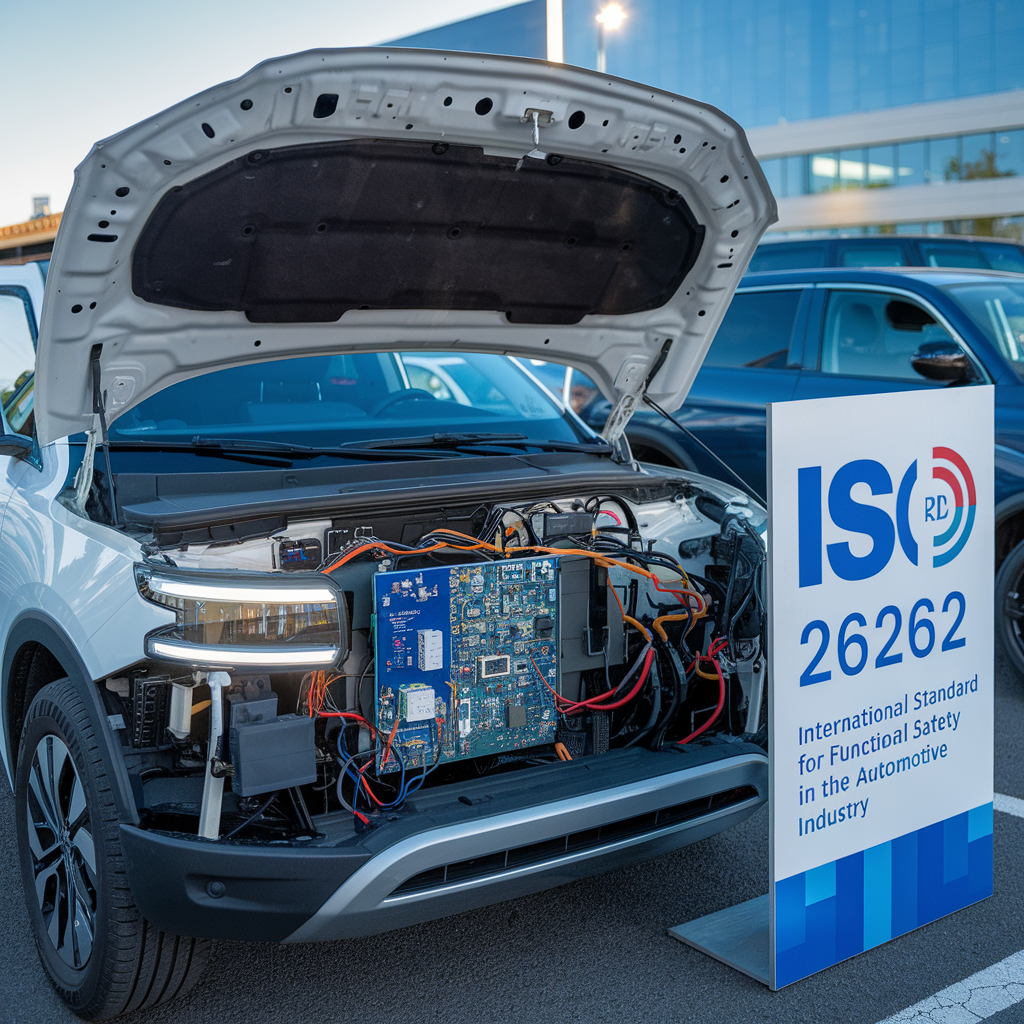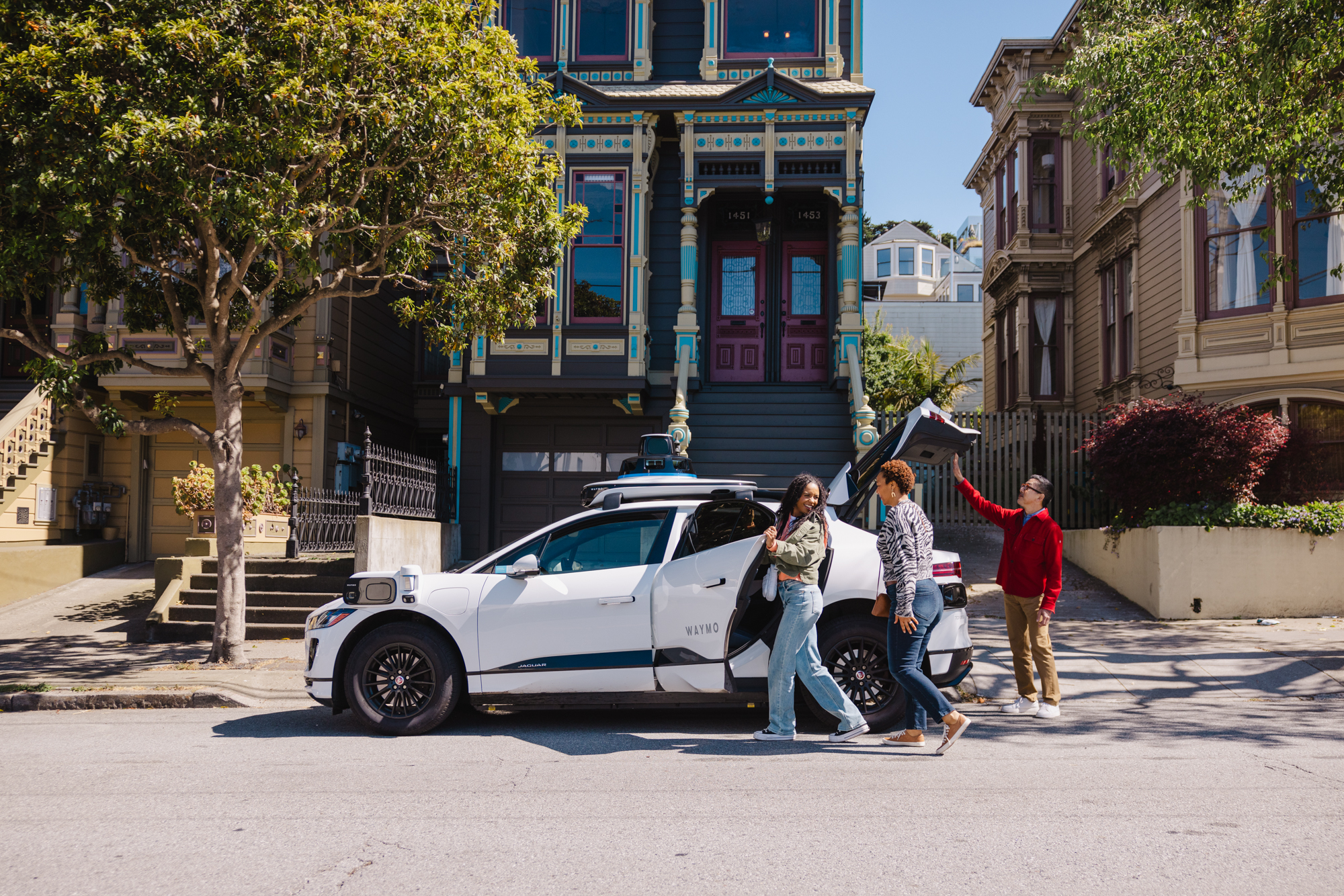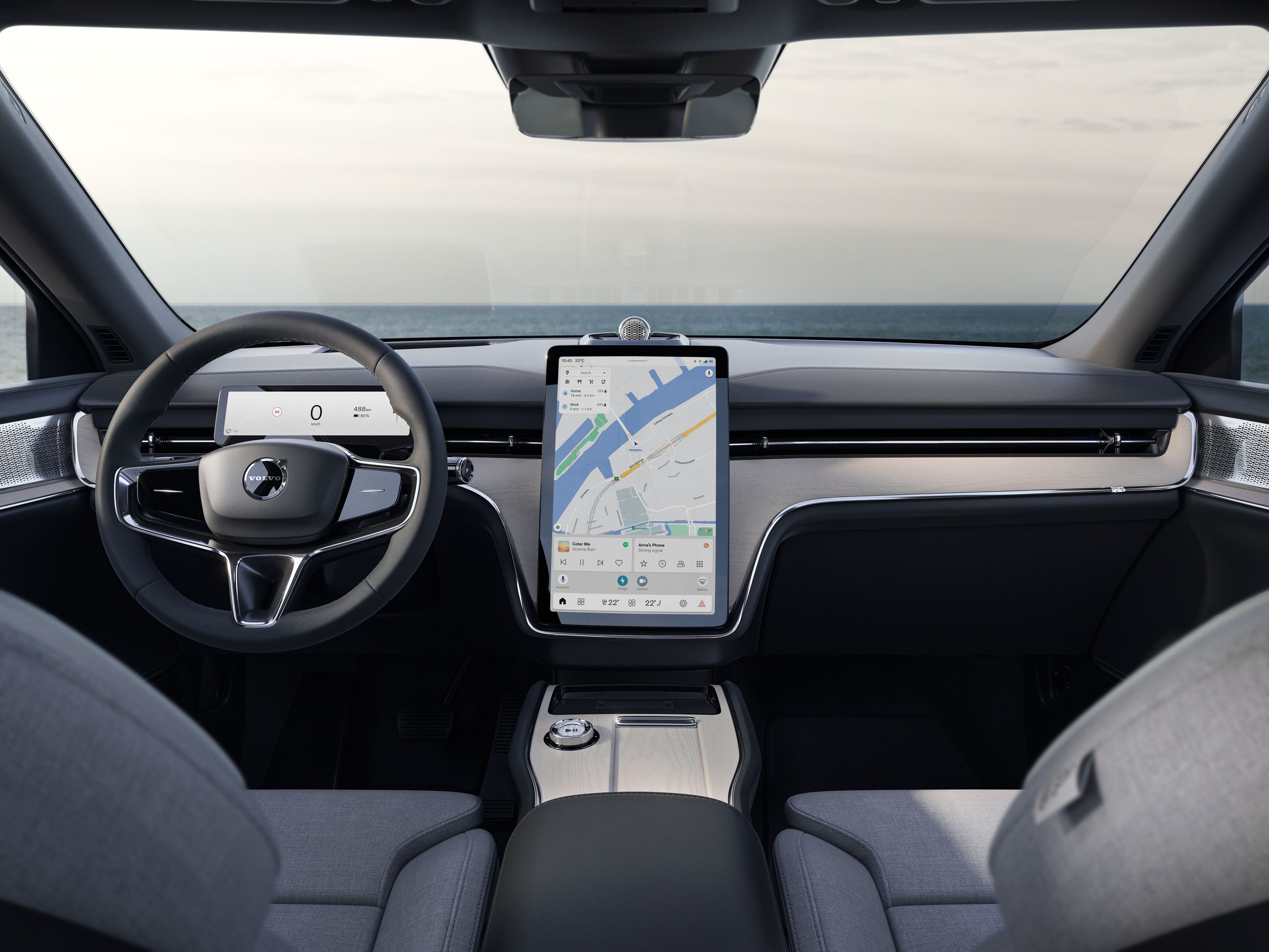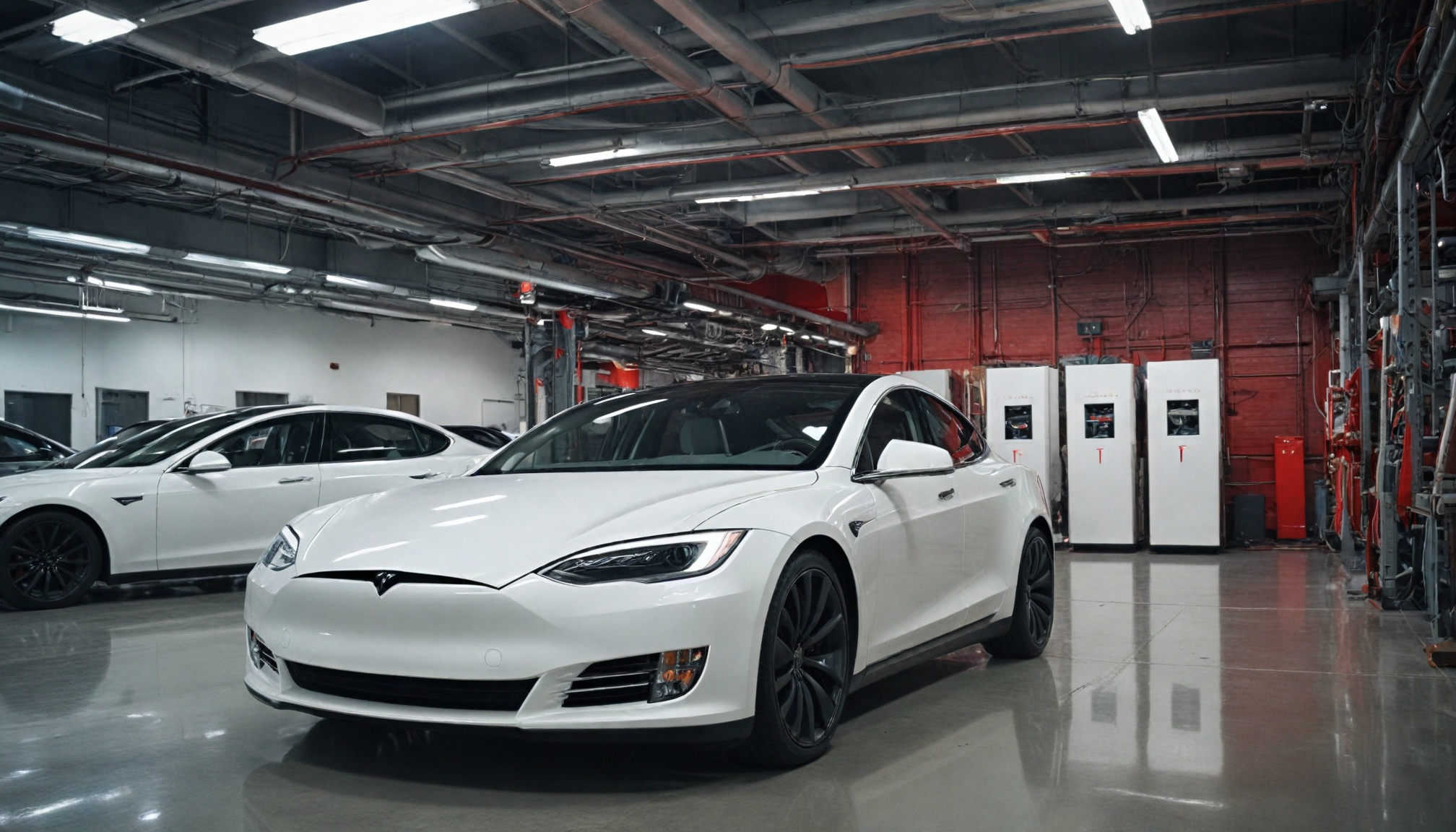
OpenAI poaches Tesla supercomputer lead, highlighting fierce battle for scarce AI talent as companies invest billions in computing infrastructure.

Drivetech Partners
The artificial intelligence industry is witnessing an unprecedented battle for specialized talent, with Adam Wilson's departure from Tesla's Cortex supercomputer project to join OpenAI highlighting the fierce competition. This high-profile move not only represents a significant gain for OpenAI's computational infrastructure ambitions but also underscores Tesla's ongoing challenge in retaining key AI personnel as both companies invest billions in computing power to fuel their technological advancement.
Key Takeaways
Adam Wilson's shift from leading Tesla's Cortex project to heading Data Center Design at OpenAI marks another loss in Tesla's growing talent exodus problem
The AI industry faces a critical shortage with only a few hundred qualified engineers worldwide for advanced infrastructure roles
Tesla's 50,000 GPU Cortex supercomputer and OpenAI's "Stargate" initiative represent multi-billion dollar investments in computational power
Elon Musk's complex relationship with OpenAI includes a $45 million initial investment and subsequent legal disputes
The talent war is reshaping compensation structures industry-wide, with multimillion-dollar packages becoming necessary to secure top expertise
The High-Stakes Battle for AI Talent
The departure of Adam Wilson, the technical program manager who led Tesla's Cortex supercomputer project, to join OpenAI as head of Data Center Design represents more than just another executive move. It symbolizes the intensifying competition for specialized AI talent that has reached unprecedented levels in the tech industry.
Wilson's career trajectory itself tells a story of the circular nature of talent movement among tech giants. Previously recruited from Meta to lead Cortex, his jump to OpenAI demonstrates how the most qualified individuals can effectively write their own tickets in today's market. For OpenAI, securing Wilson's expertise represents a major win that will likely accelerate their ambitious infrastructure plans.
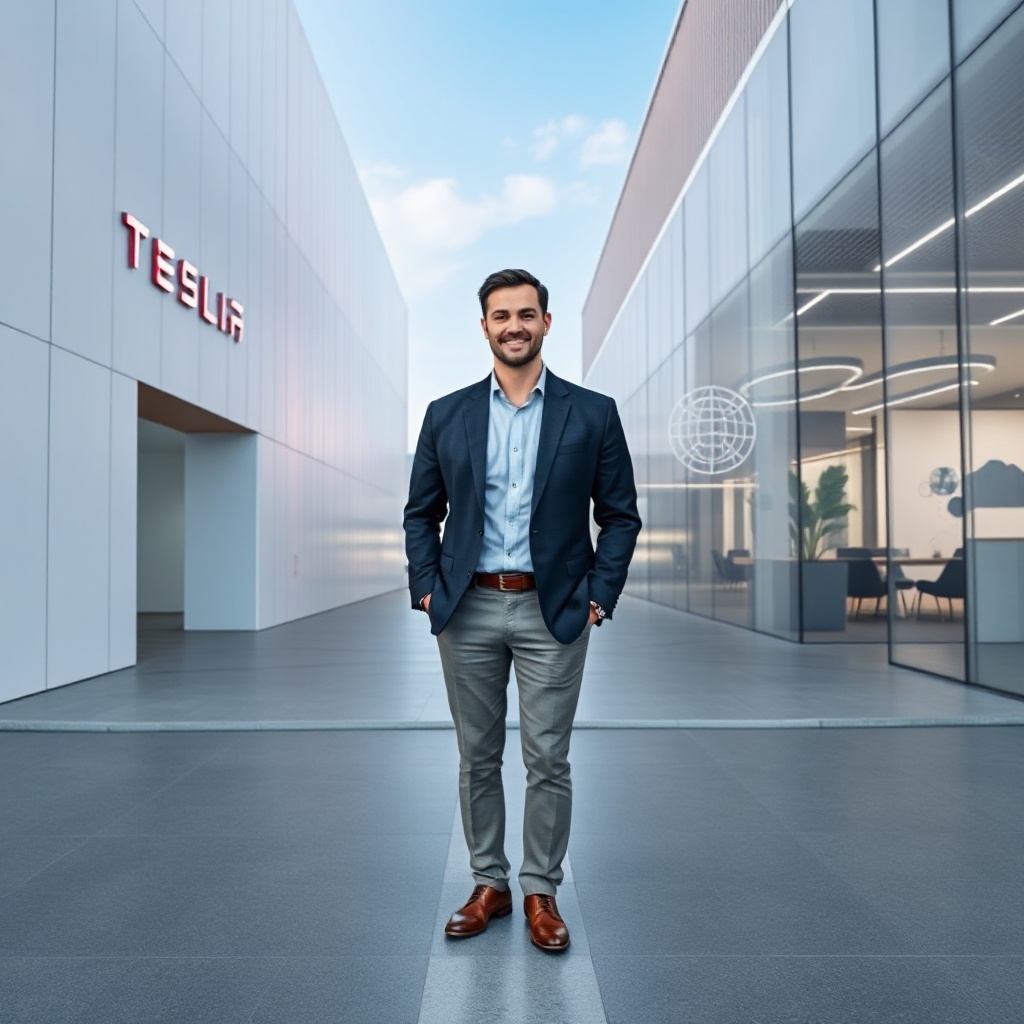
Tesla's AI Talent Exodus: A Concerning Pattern
Wilson's exit isn't happening in isolation but represents part of a troubling pattern for Tesla. Over the past year, the company has struggled to retain key technical leaders as competition for specialized AI expertise has intensified across the industry.
This ongoing talent drain threatens to undermine Tesla's ambitious roadmap for autonomous driving and robotics development. Without the specialized knowledge needed to advance these complex systems, Tesla faces potential delays in bringing its next-generation technologies to market. The company's ability to address this retention crisis may prove crucial to maintaining its competitive position in both automotive AI and robotics.
The AI Infrastructure Arms Race
Behind the talent war lies an even more expensive battle: the race to build massive computing infrastructure capable of powering next-generation AI systems. Tesla's Cortex supercomputer at Gigafactory Texas represents one of the most ambitious computing projects in the industry.
Powered by 50,000 Nvidia H100 GPUs, Cortex currently consumes between 100-130 megawatts in its first phase. Tesla has plans to expand this to 70,000 GPUs with a power consumption of up to 500 megawatts. The scale of this investment demonstrates the company's commitment to developing the computational resources necessary for advancing its self-driving technology.
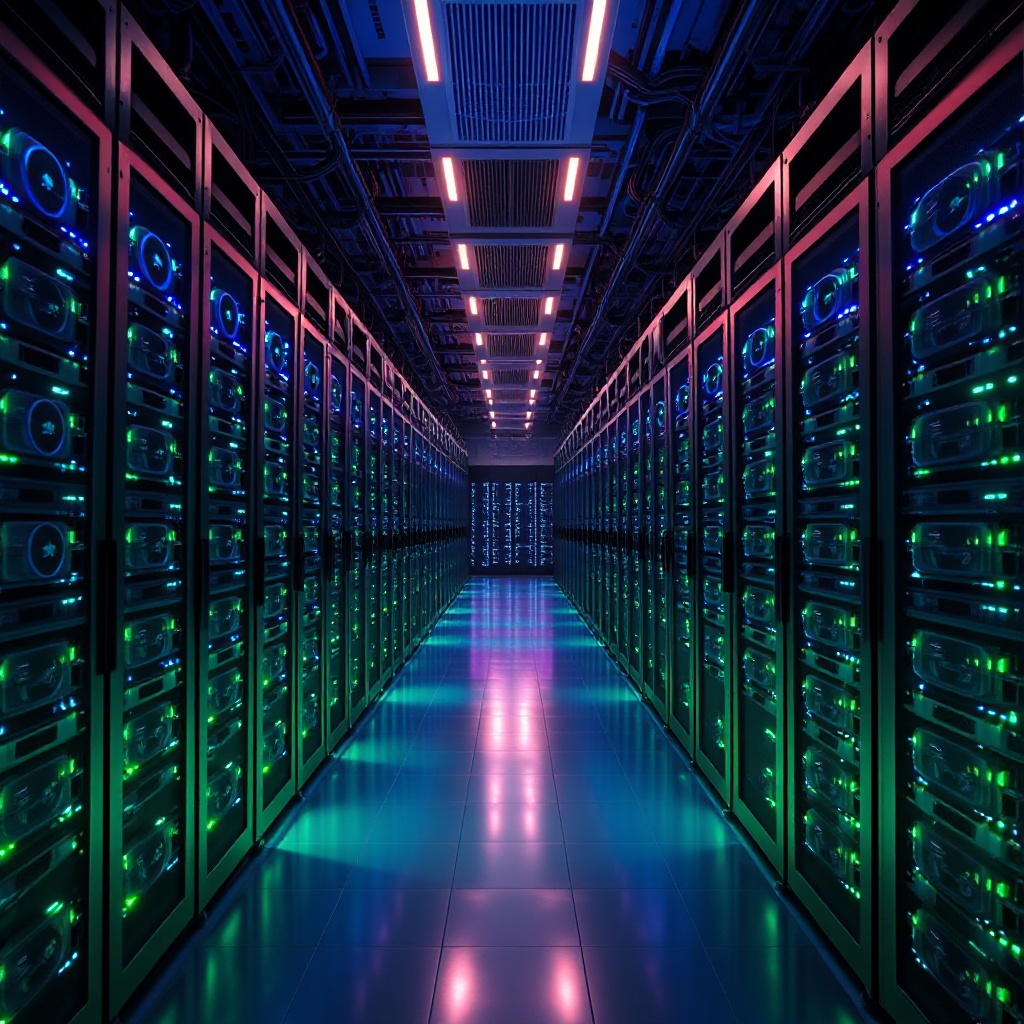
Meanwhile, OpenAI's "Stargate" project aims to deploy hundreds of billions of dollars in computing power across multiple US locations. With Wilson now leading their data center design efforts, OpenAI gains valuable expertise that could accelerate their infrastructure development timeline.
Technical Challenges and Strategic Implications of Cortex
The Cortex supercomputer isn't just a technical marvel; it's central to Tesla's core business strategy. This massive computing cluster is designed to train both Tesla's Full Self-Driving (FSD) system and its Optimus humanoid robot platform.
Recent FSD version 13 upgrades showcase the fruits of this computational investment, including a 4.2x increase in training data and enhanced higher-resolution video processing capabilities. These improvements directly translate to better performance in Tesla's autonomous driving systems.
However, the project hasn't been without challenges. Cortex has faced delays, management changes, and even allegations that some of the Nvidia GPUs were diverted to Musk's separate xAI venture. Wilson's departure adds another complication to a project already facing significant hurdles.
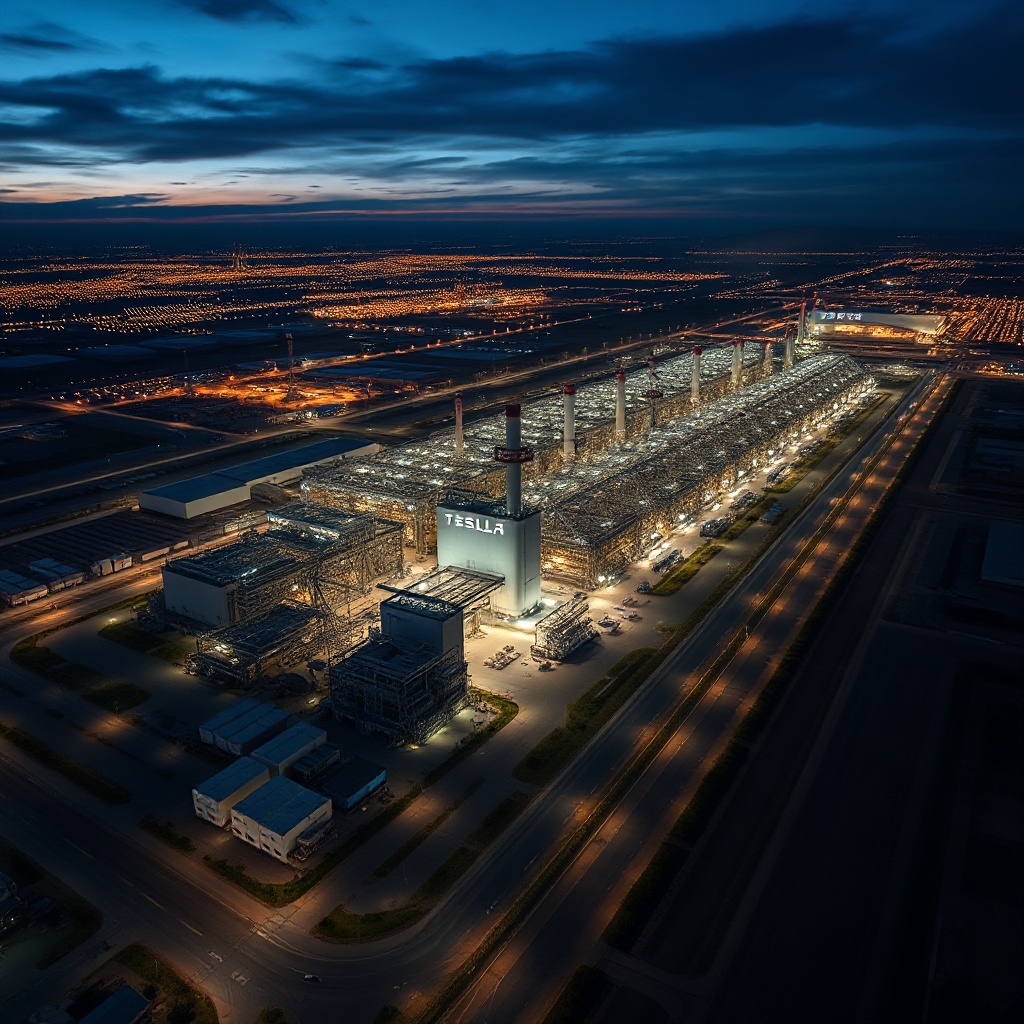
The Global AI Talent Shortage
At the heart of the battle between tech giants lies a simple reality: there simply aren't enough qualified people to go around. Industry experts estimate that only a few hundred engineers worldwide possess the specialized expertise needed for cutting-edge AI infrastructure roles.
This extreme scarcity has triggered unprecedented compensation packages. Top talent in this space can command multimillion-dollar offers, forcing companies to continuously match or exceed competing bids to retain critical expertise.
The competition has reshaped compensation norms across the entire tech sector, with examples of specialized AI engineers receiving:
Base salaries exceeding $1 million annually
Equity packages worth tens of millions over vesting periods
Signing bonuses reaching seven figures
Retention incentives tied to project milestones
Elon Musk's Complex Relationship with OpenAI
Adding another layer of complexity to Wilson's move is the fraught history between Elon Musk and OpenAI. Musk co-founded OpenAI in 2015 but left in 2018, citing potential conflicts of interest with Tesla's AI development efforts.
Before departing, Musk invested approximately $45 million in OpenAI. Since then, the relationship has deteriorated significantly, with Musk launching rival AI firm xAI and engaging in numerous legal disputes with his former organization.
These disputes include a failed $97.4 billion buyout attempt and lawsuits regarding OpenAI's transition from a non-profit to a for-profit model through its partnership with Microsoft. Wilson's move from Tesla to OpenAI thus takes place against a backdrop of personal and corporate rivalry that extends beyond mere business competition.
Strategic Objectives Behind the Computing Power Race
The massive investments in computing infrastructure aren't happening in a vacuum—they serve specific strategic objectives for both companies. Tesla's Cortex aims to accelerate autonomous driving development and robotics capabilities, technologies that Musk sees as central to Tesla's future value proposition.
OpenAI's Stargate project, by contrast, is designed to maintain the company's leadership in foundational AI models like GPT and to expand its product offerings. Both projects reflect a shared belief that raw computational power remains a decisive competitive advantage in the AI field.
The scale of planned capital expenditures—reaching hundreds of billions of dollars across the industry—underscores how seriously these companies view the computational arms race. For context, these AI computing investments rival or exceed the capital expenditures of many entire industries.
Market and Innovation Implications
Tesla's continuing talent losses and project delays risk slowing progress on its supervised self-driving system and potentially postponing the planned Austin ride-hailing fleet. This could have significant implications for Tesla's market position and future revenue streams.
OpenAI's infrastructure expansion, now benefiting from Wilson's expertise, strengthens its position against competitors including Google, Anthropic, and Musk's own xAI. The company appears poised to maintain its leadership in generative AI technologies, potentially widening the gap with challengers.
Beyond the immediate corporate impact, the talent war is reshaping industry compensation structures and accelerating the concentration of AI expertise in a handful of well-funded organizations. This consolidation could have long-term effects on innovation patterns, potentially limiting the diversity of approaches to solving critical AI challenges.
As the competition continues, both Tesla and OpenAI face the challenge of balancing enormous infrastructure investments with the equally crucial task of attracting and retaining the specialized talent needed to make those investments pay off. In this environment, Wilson's move represents not just one executive's career decision, but a significant shift in the balance of technical expertise between two AI powerhouses.
Sources
Electrek - Tesla loses manager behind its Cortex supercomputer to OpenAI
Data Center Dynamics - Tesla's 50,000 GPU Cortex supercomputer went live in Q4 2024
Fortune - AI talent war Elon Musk Sam Altman OpenAI Google engineers

